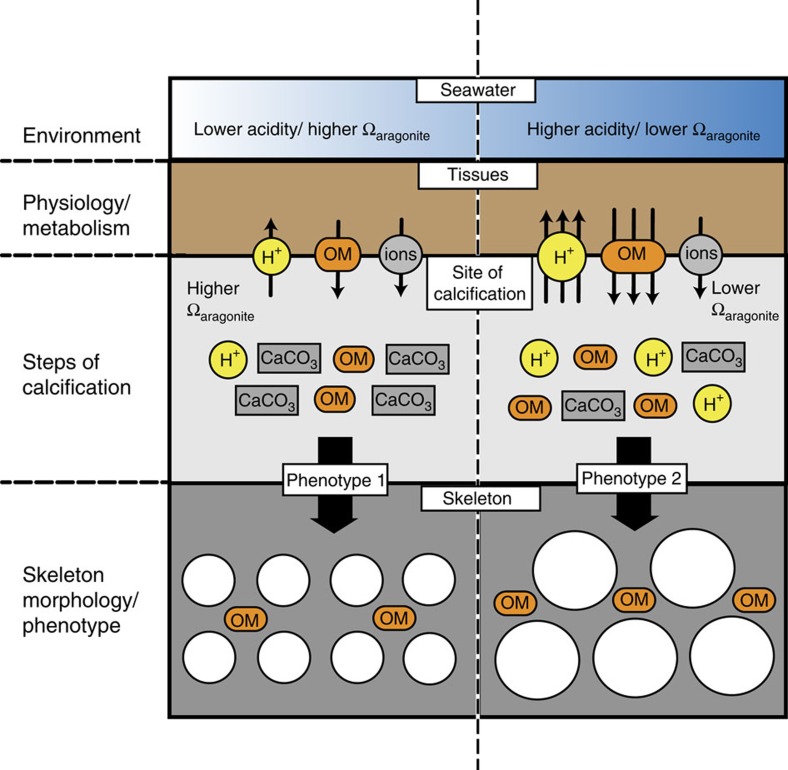Figure 6. Schematic summary of the impact of ocean acidification on skeletal growth in Stylophora pistillata.
Environmental change in the form of seawater acidification depresses pH and Ωaragonite at the site of calcification. Coral physiology responds by increasing proton removal from the calcifying fluid to maintain elevated pH and Ωaragonite that favours calcification. S. pistillata also increases production of organic matrix proteins (OM=organic matrix) per unit mass of CaCO3. In these conditions, corals continue to calcify, and dissolution of the skeleton does not occur, even when seawater Ωaragonite <1. However, with lower saturation states in the calcifying fluid and increased energy expenditure for calcification, S. pistillata changes its skeleton phenotype to a morphology characterized by larger corallite calyxes. The resulting skeleton is more porous. ‘OM'=organic matrix. ‘Ions' represent both transcellular and paracellular transport of ions needed for the steps of calcification. White circles in skeleton represent corallites. ‘Steps of calcification' encompass steps of skeleton precipitation and assembly outlined in Tambutté et al.15.

